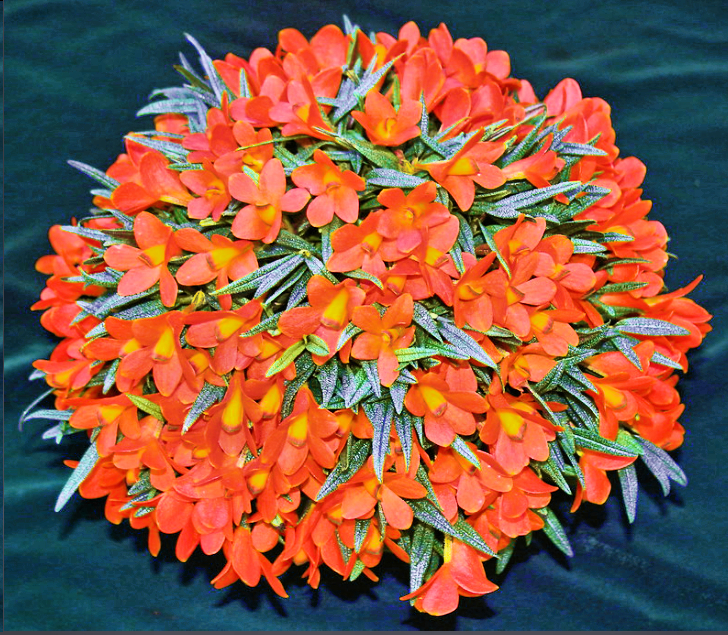No, I don’t mean the military reserves, although all of our armed forces and first responders deserve it. I’m talking about our plants’ reserves – the chemical storehouse they need for living.
Put rather simply, plants put out effort in three areas – maintenance (staying alive), adding tissue (growth), and reproduction (blooming) – in that order of priority. They take in water, nutrients, and air as building blocks, photosynthesize to generate fuel, and then undergo a multitude of chemical processes that support those efforts.
If all of those processes go well – proper amount of nutrition, water, light, correct temperatures and humidity, etc. – the plant will build reserves over and above what it needs for “maintenance”. If the rate of accumulation is sufficient and the plant has “learned” to expect it to continue (i.e., is growing “stress-free”), it will add growth, and if everything is going very well, it may expend some of the reserves on reproduction, producing flowers.
Growing conditions play a central role in the accumulation of reserves. It’s easy to imagine that insufficient light restricts the photosynthesis needed to provide fuel, but it’s more than that. The physiological processes that go on within the plant are affected by the growing conditions – particularly temperature and light – and those many reactions respond differently to those factors. As examples, consider that plants grown under artificial lights in extended daylength may not build up enough of the reserves created through chemical reactions that only happen in the dark, or that cool-growing plants kept too warm may “burn off” reserves too quickly, so cannot accumulate them sufficiently.
Many techniques have been used to assist the plants’ efforts at building reserves. One of the most common is “dead-heading” flower stalks. In growing a flower spike, the plant has already expended reserves, and it won’t get them back, although it might recover some of those that were stored in the tissues of the inflorescence, and won’t utilize those reserves “budgeted” for keeping the blossoms viable to increase the odds of pollination, or in the development of seed capsules. Plus, a bare inflorescence that is still green continues to photosynthesize, adding to the fuel reserves. So, yes, dead-heading may be helpful, but don’t expect an extreme response. Besides, it seems a shame to waste flowers, doesn’t it? How about another approach, but one that requires more patience?
Older growths only consume the “maintenance” resources, but are great storage vessels AND continue to acquire more resources through water and nutrient uptake and photosynthesis, which is why colonies of growths will expand faster as they mature. In a small plant, the “maintenance” portion consumes a large percentage of the overall stored reserves, leaving less for growth. As the colony expands, there are more roots to take up water and nutrients, more surface area for photosynthesis, and more storage volume in the existing mass, all of which shifts the balance to favor even more growth, and as that continues, we see more- and better blossoms and more-frequent flowering. This, of course, is the basis of “specimen” plants; those that have reached a sufficient “critical mass” to sustain excellent growth and blooming.
Another trick that is applicable to phalaenopsis is to grow them in very warm conditions for an extended time period, never allowing them the “chill” necessary to initiate flower spikes. The plants will grow and grow, adding more and more leaves (for photosynthesis and storage). Once exposed to the proper temperature conditions to initiate blooming, they’ll often “explode” with multiple, huge inflorescences.

For those of us who lack either the patience or room to grow “specimen” plants, there is a way to accelerate the accumulation of reserves – regular supplementation with Kelpak.
In the decade I have used the product, I noticed that my plants grew and bloomed better and branched more than I had experienced previously. Was that due solely to Kelpak, or had I just improved my growing? Once I learned of the complex, natural chemistry of the product, and considered it as being analogous to a “plant IV”, it suddenly made sense. In essence, the multitude of complex phytochemicals and nutrients in Kelpak make it a “bottle of reserves”, that when applied to plants, supplements their own reserves, giving them the “backup” needed for extraordinary growth and production.
